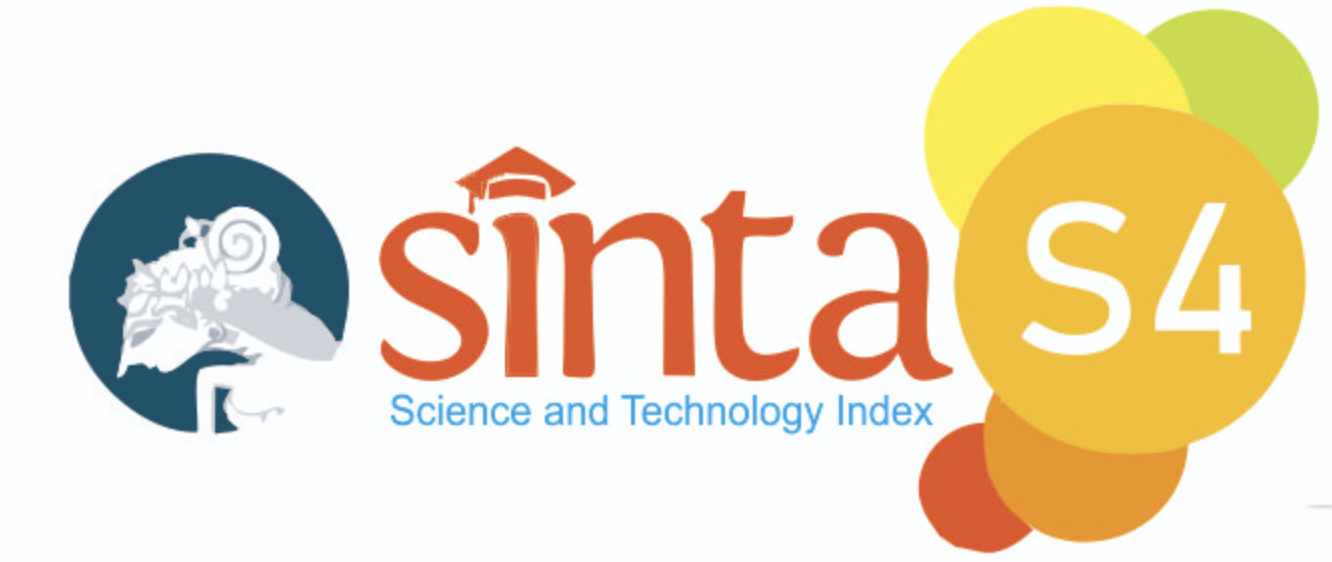Abstract
In Indonesia’s social security program (JKN), there are more than 1,6 million visits in primary care providers each day. Indonesia's Social Security Administrative Body for Health (BPJS Kesehatan) manages the healthcare data recorded by the providers. In late 2019, the new Performance-Based Capitation (KBK) was introduced to primary care providers. They are assessed every month before the due for capitation payment. There are three indicators in the KBK scheme which are contact rate, non-specialty referral ratio, and proportion of PROLANIS disease management program members with controlled clinical outcome (PROLANIS indicator. This study analyzes data insights of KBK through big data analysis to determine whether the policy shows improvement of primary care providers. It is a non-experimental big-data analysis by observational descriptive method. Data was retrieved from BPJS Kesehatan Business Intelligence program. There has been improvement in the indicator target achievement every year. However, only non-specialty referral ratio has reached the intended target. In July 2024, contact rate reached 149,56%, non-specialty referral ratio reached 0,85%, and PROLANIS indicator reached 4,71%.. KBK data shows the policy has improved quality of primary care providers. Further collaboration among all stakeholders is needed to increase the achievement.
Bahasa Abstract
Dalam Program Jaminan Kesehatan Nasional (JKN) Indonesia, terdapat lebih dari 1,6 juta kunjungan di fasilitas kesehatan tingkat pertama setiap hari. BPJS Kesehatan mengelola data pelayanan kesehatan tersebut. Pada akhir 2019, pembayaran kapitasi berbasis kinerja (KBK) diimplementasikan pada pelayanan primer. Fasilitas kesehatan tingkat pertama dinilai kinerjanya tiap bulan sebelum pembayaran kapitasi. Terdapat tiga indikator KBK yaitu angka kontak, rasio rujukan non-spesialistik, dan rasio peserta PROLANIS terkendali. Penelitian ini mengkaji data KBK dengan analisis data besar untuk menilai apakah kebijakan tersebut menunjukkan peningkatan kualitas pelayanan primer. Penelitian ini adalah penelitian non-experimental melalui analisis data besar dengan metode observasional deskriptif. Data didapatkan dari program Business Intelligence BPJS Kesehatan. Analisis data melalui otomasi proses bisnis di sistem KBK dipergunakan untuk menganalisis kinerja, penentuan penyesuaian pembayaran kapitasi, dan umpan balik capaian target indikator. Telah terdapat perbaikan dalam pencapaian target indikator tiap tahun. Namun, hanya indikator rasio rujukan non-spesialistik yang telah mencapai target. Pada Juli 2024, angka kontak tercapai 149,56%, rasio rujukan non-spesialistik tercapai 0,85%, dan indikator PROLANIS tercapai 4,71%. Data KBK menunjukkan kebijakan tersebut menunjukkan perbaikan pelayanan primer. Kolaborasi lebih lanjut antar pemangku kepentingan diperlukan untuk meningkatkan capaian.
References
Bauhoff, S., Donato, K., Harding, A., Forgia, J. L., Mohanan, M., Sylvia, S., Vera-Hernández, M., Miller, G., & Singer Babiarz, K. (2013). Pay-for-performance incentives in low- and middle-income country health programs. National Bureau of Economic Research. https://www.nber.org/papers/w18932
Eichler, R. (2006). Can “pay for performance” increase utilization by the poor and improve the quality of health services?
Garapati, S. L., & Garapati, S. (2018). Application of big data analytics: An innovation in health care. International Journal of Computational Intelligence Research, 14. Retrieved from http://www.ripublication.com
Grol, R., Wensing, M., Mainz, J., et al. (1999). Patients’ priorities with respect to general practice care: An international comparison. European Task Force on Patient Evaluations of General Practice (EUROPEP). Family Practice, 16(1), 4–11.
Jamili, S., Yousefi, M., Pour, H. E., Houshmand, E., Taghipour, A., Tabatabaee, S. S., & Adel, A. (2023). Comparison of pay-for-performance (P4P) programs in primary care of selected countries: A comparative study. BMC Health Services Research, 23(1). https://doi.org/10.1186/s12913-023-09841-6
Jung, H. P., Wensing, M., & Grol, R. (n.d.). What makes a good general practitioner: Do patients and doctors have different views? Original Papers.
Katz, A., Enns, J. E., Chateau, D., Lix, L., Jutte, D., Edwards, J., & Burland, E. (2015). Does a pay-for-performance program for primary care physicians alleviate health inequity in childhood vaccination rates? International Journal for Equity in Health, 14(1). https://doi.org/10.1186/s12939-015-0231-6
Khan, N., Rudoler, D., McDiarmid, M., & Peckham, S. (2020). A pay-for-performance scheme in primary care: Meta-synthesis of qualitative studies on the provider experiences of the quality and outcomes framework in the UK. BMC Family Practice, 21(1). https://doi.org/10.1186/s12875-020-01208-8
Kleij, K. S., Tangermann, U., Amelung, V. E., & Krauth, C. (2017, July 11). Patients’ preferences for primary health care: A systematic literature review of discrete choice experiments. BMC Health Services Research, 17. BioMed Central Ltd. https://doi.org/10.1186/s12913-017-2433-7
Langkafel, P. (2014). Intro Big Data for Healthcare? In P. Langkafel (Ed.), Big Data in Medicine and Health Economics: Diagnosis, Therapy, Side Effects (pp. 12). Heidelberg: medhochzwei Verlag GmbH.
McAfee, A., & Brynjolfsson, E. (2012). Big data: The management revolution. Harvard Business Review, 90(10), 60–66, 128.
Miller, G., & Babiarz, K. S. (2013). Pay-for-performance incentives in low- and middle-income country health programs. National Bureau of Economic Research. Working Paper 18932.
Moutselos, K., & Maglogiannis, I. (2020). Evidence-based public health policy models development and evaluation using big data analytics and web technologies. Medical Archives (Sarajevo, Bosnia and Herzegovina), 74(1), 47–53. https://doi.org/10.5455/medarh.2020.74.47-53
Musgrove, P. (2011). Financial and other rewards for good performance or results: A guided tour of concepts and terms and a short glossary. Retrieved from www.rbfhealth.org
Peter Jung, H. G., Baerveldt, C., Olesen FRCGP, F., Richard Grol, à, & Wensing, M. (2003). Patient characteristics as predictors of primary health care preferences: A systematic literature analysis. Health Expectations, 6.
Saltman, R. B., Rico, A., & Boerma, W. (2006). Primary care in the driver’s seat? Organizational reform in European primary care. Open University Press.
Soeters, R., Habineza, C., & Peerenboom, P. B. (2006). Performance-based financing and changing the district health system: Experience from Rwanda. Bulletin of the World Health Organization, 84, 884–889.
Zhang, W., Li, Y., Yuan, B. B., & Zhu, D. (2024). Primary care providers’ preferences for pay-for-performance programs: A discrete choice experiment study in Shandong, China. Human Resources for Health, 22(1). https://doi.org/10.1186/s12960-024-00903-2
Recommended Citation
Darmasurya, Aditya; Aryani, Ari Dwi; Ritonga, Rahmad Asri; Anindita, Rahma; Tsani, Pranatawati Nur; Yudanto, Bayu; Trisnanto, Tedo Arya; and Trisnasari, Trisnasari
(2024)
"Big Data Analysis on Indonesia’s Primary Care Pay-For Performance,"
Jurnal Ilmu Informasi, Perpustakaan dan Kearsipan: Vol. 26:
No.
2, Article 5.
DOI: 10.7454/JIPK.v26i2.1118
Available at:
https://scholarhub.ui.ac.id/jipk/vol26/iss2/5







